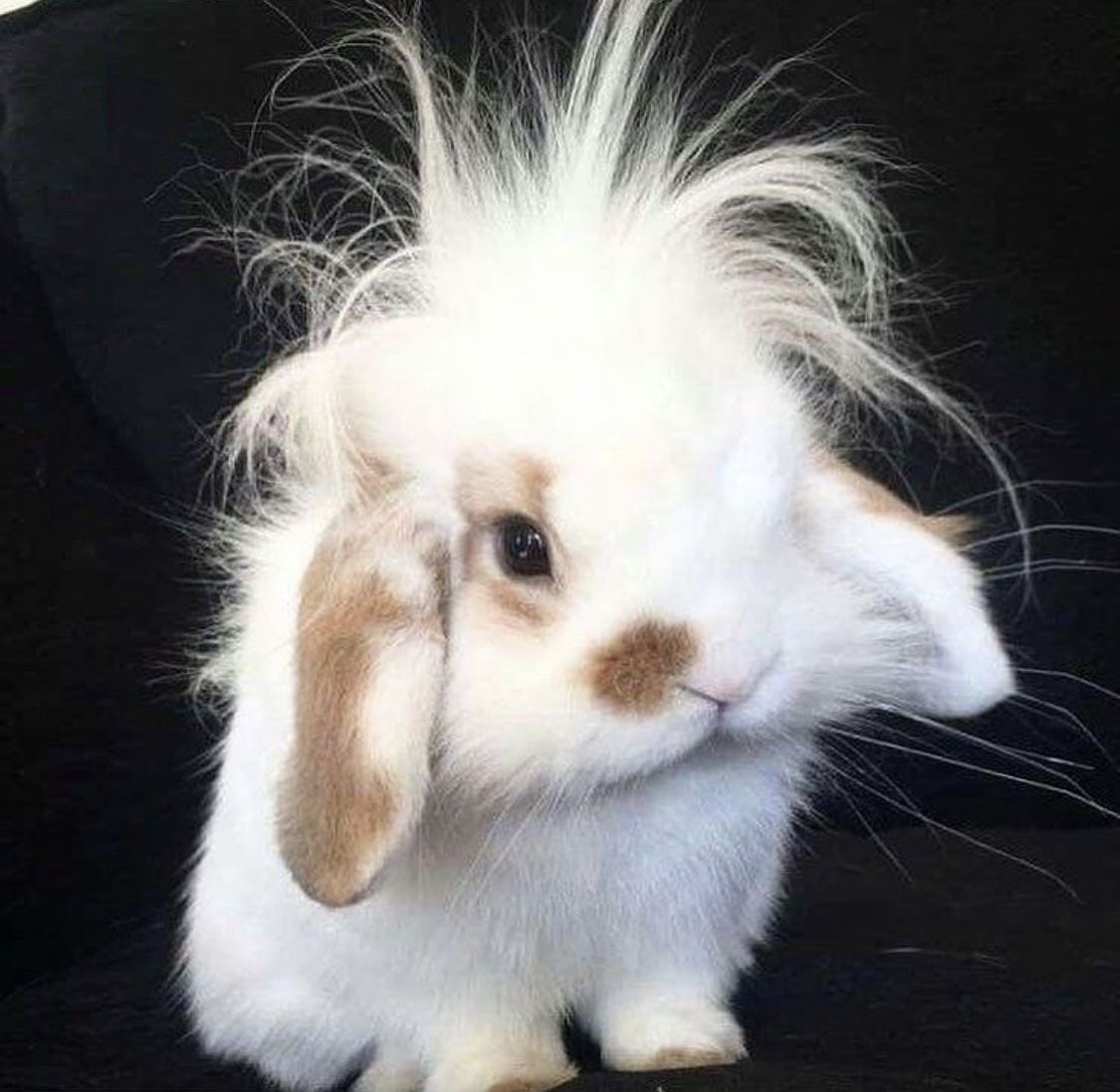B6 specification
Cards (40)
- Describe features of sexual and asexual reproduction
- Describe what happens during meiosis
- describe what happens during meiosis & compare to mitosis
- describe what happens at fertilisation
- describe structure of DNA & its role in storing genetic info inside cell
- what are genes & what they do
- Explain the term 'genome' and the importance of the human genome
- describe how characteristics are controlled by one or more genes, including examples
- Explain important genetic terms
- Describe cystic fibrosis as an inherited disorder
- Describe polydactyly as an inherited disorder
- Evaluate social, economic & ethical issues concerning embryo screening
- describe how chromosomes are arranged in human body cells, including function of sex chromosomes
- describe what variation is & how it can be caused within a population
- describe mutations and explain their influence on phenotype and changes in a species
- explain the theory of evolution by natural selection
- describe how new species can be formed
- extinction
- Describe what selective breeding is
- Explain the process of selective breeding
- risks of selective breeding
- describe what genetic engineering
- process of genetic engineering
- examples of genetic engineering
- explain some benefits, risks and concerns related to genetic engineering
- Describe some sources of evidence for evolution
- describe what fossils are
- what can we learn form fossils
- how are fossils formed
- explain why there are few traces of the early life forms
- consequences of lack of traces for early life forms in terms of our understanding of how life began
- Describe how antibiotic-resistant strains of bacteria can arise and spread (inc MRSA)
- MRSAs
- describe how the emergence of antibiotic-resistant bacteria can be reduced & controlled, to incl limitations of antibiotic development
- Describe how organisms are named and classified in the Linnaean system
- Explain how scientific advances have led to the proposal of new models of classification, inc three-domain system
- Explain how scientific advances have led to the proposal of new models of classification, inc three-domain system
- describe & interpret evolutionary trees
